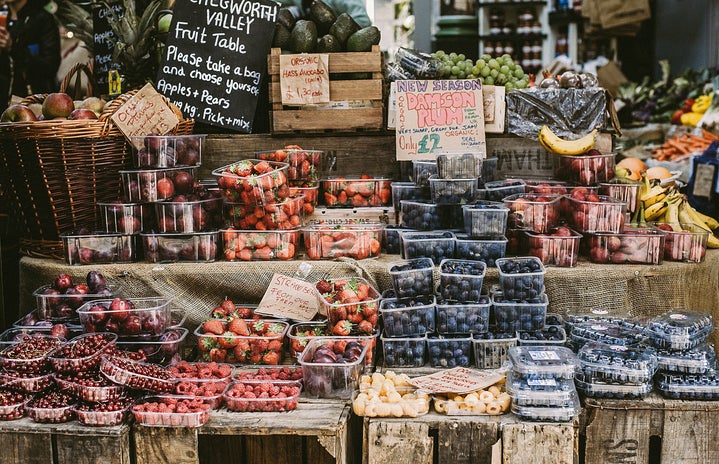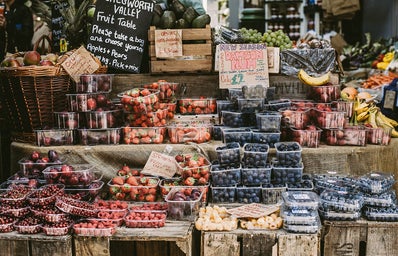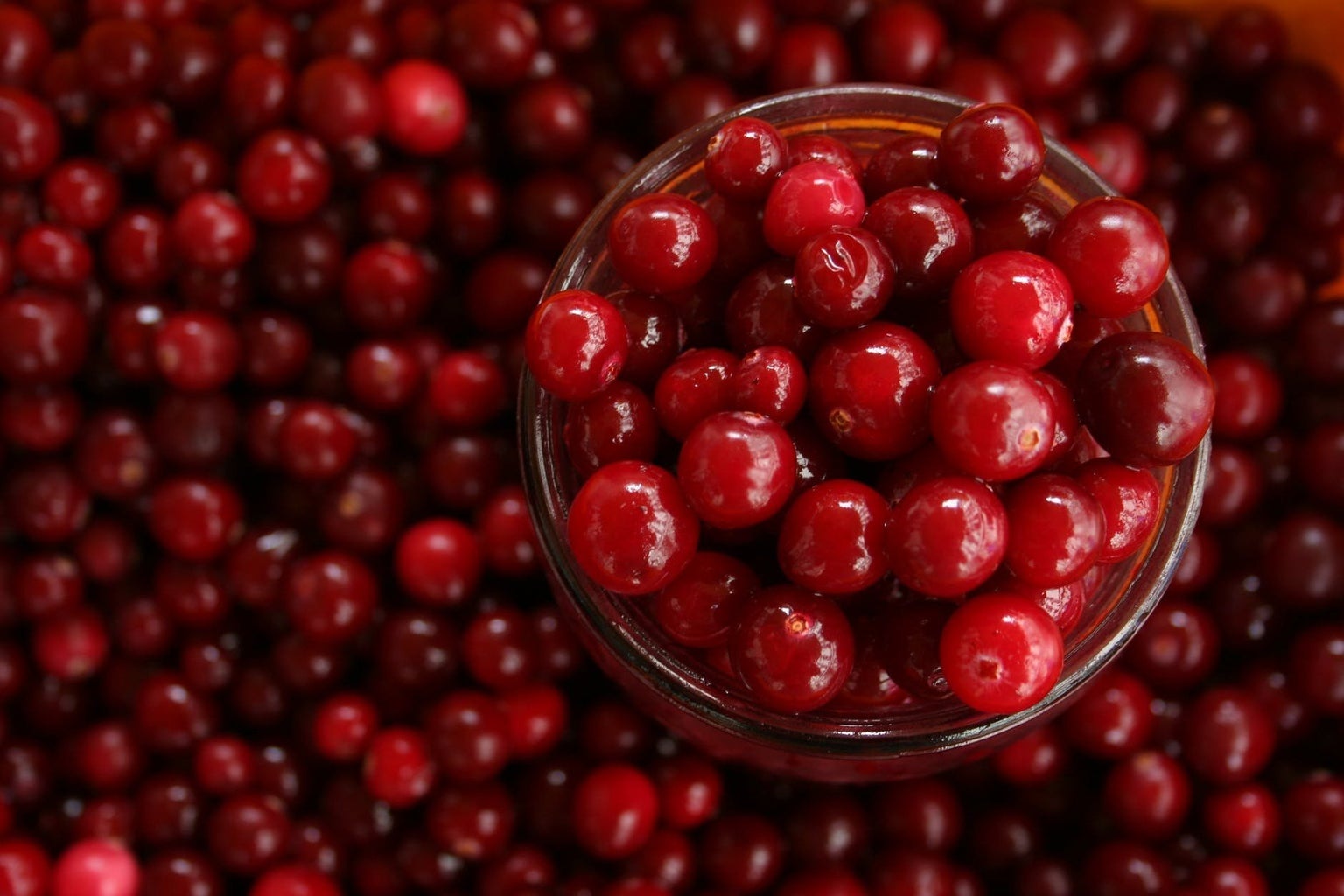In my last article series, I discussed water management in Massachusetts cranberry farming. Because cranberry growth requires 7-10 feet of water to meet all production, harvesting, and flooding needs, water management is a necessity to ensure the sustainability of Massachusetts cranberry bogs. However, when Best Management Practices (BMPs) pertaining to water management are not upheld by cranberry growers, both cranberry growers, those who implement BMPs and those who do not, are harmed. As previously discussed, the implementation of Water Control Structures (WCS) BMPs for water conservation has been so effective that for bogs utilizing BMPs, growers can plant up to 9.3 acres above their registered acres before requiring a permit from MassDEP. But when these BMPs are ignored or implemented by only one bog, cranberry growers risk decreasing water quality. Not only do each of the cranberry growers suffer a loss of yield if both parties do not implement WCS BMPs, but there is also an additional cost assumed by the surrounding population.
The negative effect of cranberry production on citizens that is not considered by cranberry growers, otherwise known as an environmental externality, comes in the form of algal blooms specifically derived from the use of fertilizers on cranberry bogs. To better understand why this externality comes to fruition, a foundational understanding of cranberry agriculture is needed. Cranberries are grown in wetland bogs which are home to native, sandy soils that are low in both organic matter in the root zone as well as in clay. Both organic matter and clay are vital to the development of crops, and without these components, the soil will struggle to retain enough nutrients to support agricultural growth. Although cranberries have adapted to their nutrient-deficient environment, to continue growing large amounts of the crop for industrial use (i.e., Thanksgiving feasts), nutrients need to be added back to the bog to sustain the future harvest of the fruit. The most common include nitrogen, phosphorous, and potassium, the reason being that these nutrients are most likely to be depleted during harvest season. For the remainder of this discussion, we will focus on the use of phosphorous in cranberry agriculture because this nutrient is most critical to the cultivation of the cranberry plant, including root, plant cell membrane, and DNA development. Additionally, an excess of phosphorous in water runoff is the source of most algal blooms associated with a lack of water management on cranberry bogs.

Phosphorous application in cranberry agriculture is critical since phosphorous is a limiting factor in growth, not only in cranberries but in algae and other freshwater plants. In an algal bloom, phosphorous floods a water body causing algae growth. As the number of algae plants increases, these plants require additional oxygen and carbon dioxide which can lead to the demise of fish populations. When bogs are flooded for harvest, phosphorous can leave the bog via runoff, resulting in the external cost of algal blooms near bogs that affect water quality for local citizens. This is an external cost because the production of cranberries does not consider the effect of flooding outside the bog. In other words, the private costs assumed by cranberry growers are closely tied to the purchase and distribution of fertilizers, like phosphorous, that will help to increase their yield. Once phosphorous is applied to the bog, cranberry growers do not include the costs of either adjusting to or cleaning up harmful algal blooms (HABs) on their internal balance sheets, or contracts. Instead, this cost is assumed by citizens who use these bodies of water recreationally and/or for fishing. Hence, when algal blooms compromise water sources, the people who incur this cost are not the cranberry growers but rather the citizens whose livelihoods are now jeopardized by the production of cranberries.
In 2021, Massachusetts produced 1,800,000 barrels of cranberries, so although the state’s utilization rate was 97%, cranberry bogs are likely to produce extra of the crop to account for lost yield. To reach this level of production, cranberry growers will need to incur increasing costs, such as phosphorous fertilizers that enrich the soil. The more barrels of cranberries produced, the more flooding occurs to harvest the berries, increasing the potential runoff that surrounding bodies of water are expected to hold, which could lead to the growth of HABs containing the toxin cyanobacteria. While the production of barrels of cranberries contributes to profits for the cranberry growers, citizens are incurring the cost of externalities associated with this greenish-blue algae. However, this production decision is directly incurred by the citizens who ingest cyanobacteria while conducting recreational activities, like swimming, and those who fish from bodies of water contaminated by HABs. Some of the health concerns associated with ingesting cyanobacteria include fever, headache, vomiting and nausea, and even pneumonia. For those groups who fish, HABs can cause “fish kill” due to oxygen depletion as algae continue to grow uncontrollably, affecting catch size, quality, and related financial gain.
To solve for this externality, cranberry farmers and citizens would need to comprise at a point of production where externalities are minimized but profits are still gathered. At present, there are no laws in Massachusetts that ban the use of phosphorous in fertilizers on cranberry bogs. This means that there is a lack of governmental authority that would cause the cranberry growers to monitor their phosphorous usage and runoff into other bodies of water. So, if they do not have altruistic preferences, there is the possibility that cranberry growers would not agree to decrease their production numbers because they do not have any legal requirements to do so. In addition, because cranberry agriculture in Massachusetts provides over 6,900 jobs and an economic benefit of over $1.4 billion to the Massachusetts economy, cranberry growers may even have support from their local legislature to produce at the private optimal solution to maximize potential economic impact. While both citizens and cranberry growers have the option of leaving or staying in Massachusetts, the economic impact of a cranberry grower deserting their bog may be greater than the impact of a citizen moving to another state. Hence, producing at a lower point of production may lead to an economic loss that could impact the 6,900 employees across MA bogs who will now do less work, most likely for less pay, and who may now spend less into the economy. Thus, because cranberry growers derive more power than citizens as drivers of the state’s economic well-being, there may be a shift toward a higher production of cranberries that would make successfully negotiating with cranberry growers an unlikely reality.
Massachusetts’ White Island Pond, which consists of two basins, an East and West, was added to the Massachusetts Department of Environmental Protection’s list of impaired waters due to algal blooms in 1992. With the help of the UMass Cranberry Experiment Station and the Cape Code Cranberry Grower’s Association, the creation and implementation of BMPs related to water management, including the management of harvest water to divert runoff of phosphorous to the basins, contributed to a decline of more than 40% of phosphorous concentrations from 2008 to 2014. Long-term solutions in the form of BMPs have the potential to bring innovation into cranberry agriculture that could deliver maximum profits and minimize externalities. If the positive economic impact that cranberry agriculture delivers to Massachusetts is the barrier that dictates the possibility of a movement to a lower production point, then citizens and cranberry growers will have to work collectively to maximize each player’s interests. By leveraging the insights of government organizations, cranberry growers’ associations, and local citizens, we can create and implement BMPs that foster sustainable cranberry production at an allocation that generates benefits for all.
Can’t get enough of HC UMass Amherst? Be sure to follow us on Instagram, listen to us on Spotify, like us on Facebook, and read our latest Tweets!




